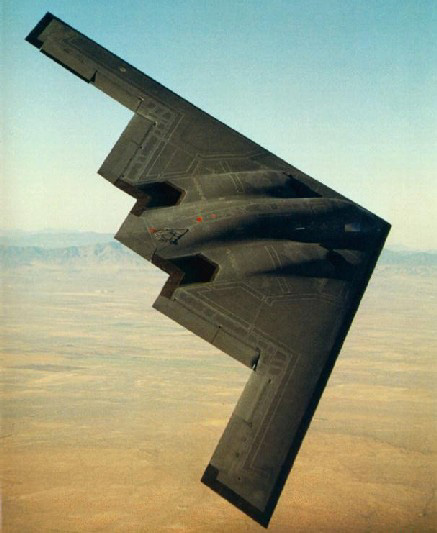Well done CMSMJ1!

The first driver was Austrian triple F1 champ Niki Lauda (the Rat) on the 1976 Ferrari 312T2 with a flat 12 cylinder engine at the Nordschleife. A week before the 1976 German Grand Prix at the fearsome Nürburgring Nordschleife (even though he was the fastest driver on the circuit at that time), Lauda tried to boycott the circuit, largely due to the safety arrangements. Most of the other drivers voted against it and the race went ahead. On the second lap at the very fast left kink before Bergwerk, Lauda's Ferrari 312 T2 swerved off the track, due to a suspected rear suspension failure, hit an embankment and rolled back into the path of Brett Lunger's Surtees-Ford car. Lauda's Ferrari burst into flames, but, unlike Lunger, he was trapped in the wreckage. Drivers Arturo Merzario, Guy Edwards and Harald Ertl arrived at the scene a few moments later and together with Lunger they pulled Lauda from his car to save his life. Lauda suffered severe burns to the face and lost an ear. Toxic fumes damaged his lungs and kidneys.
[youtube]
http://www.youtube.com/watch?v=gp2i5-hfgok[/youtube]
The safety improvements were obviously the ban of the Nordschleife, tracks with marshals, trackside medical emergency services, fire fighting teams and the introduction of on board fire extinguishers.

A comprehensive list of FiA F1 safety innovations is
linked here.
The second driver was fellow Austrian winner of 10 GPs Gerhard Berger in the 1989 Ferrari 640 with a 3,5 L V12 engine.

The Ferrari was fast thanks in part to its revolutionary semi-automatic Barnard gearbox design but still fragile for a carbon composite chassis. Ferrari were the last of the leading F1 teams to introduce the technology. Gerhard was lucky to escape alive from a fiery crash during the 1989 San Marino Grand Prix . The accident was triggered by a front wing failure at Imola's notorious Tamburello corner which until 1995 had not been protected by a chicane. Behind the Tamburello corner was a concrete wall and a creek which had prevented a sand or gravel trap and the corner was approached at 180 mph.
[youtube]
http://www.youtube.com/watch?v=rd8q5HoBzOA[/youtube]
Amazingly it took only 16 seconds for a rescue crew to reach the blazing Ferrari and put the fire out. Berger suffered remarkably few injuries, notably burns to his hands. The crash triggered among others the TF5 fuel cell specification and mandatory driver extrication procedures and exercises.












white blue, ship a dunce cap over to me please!
